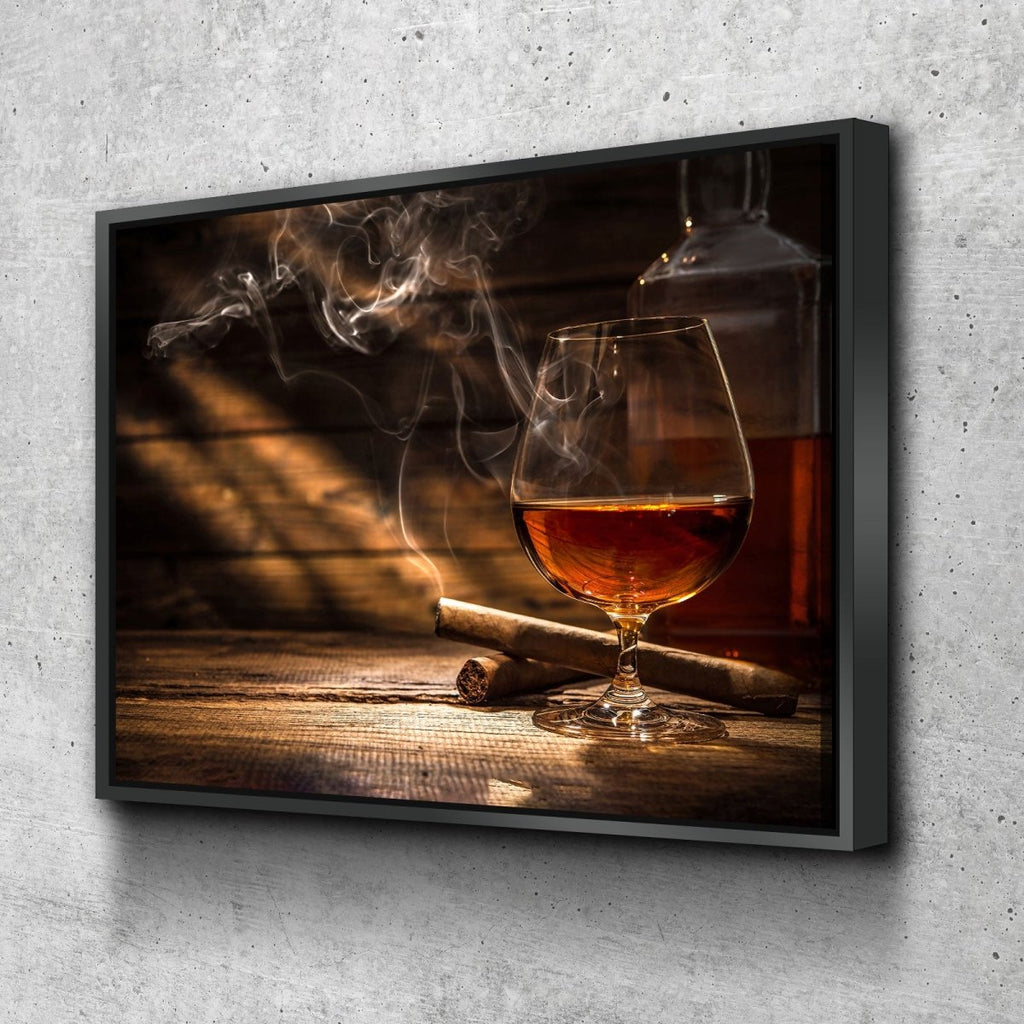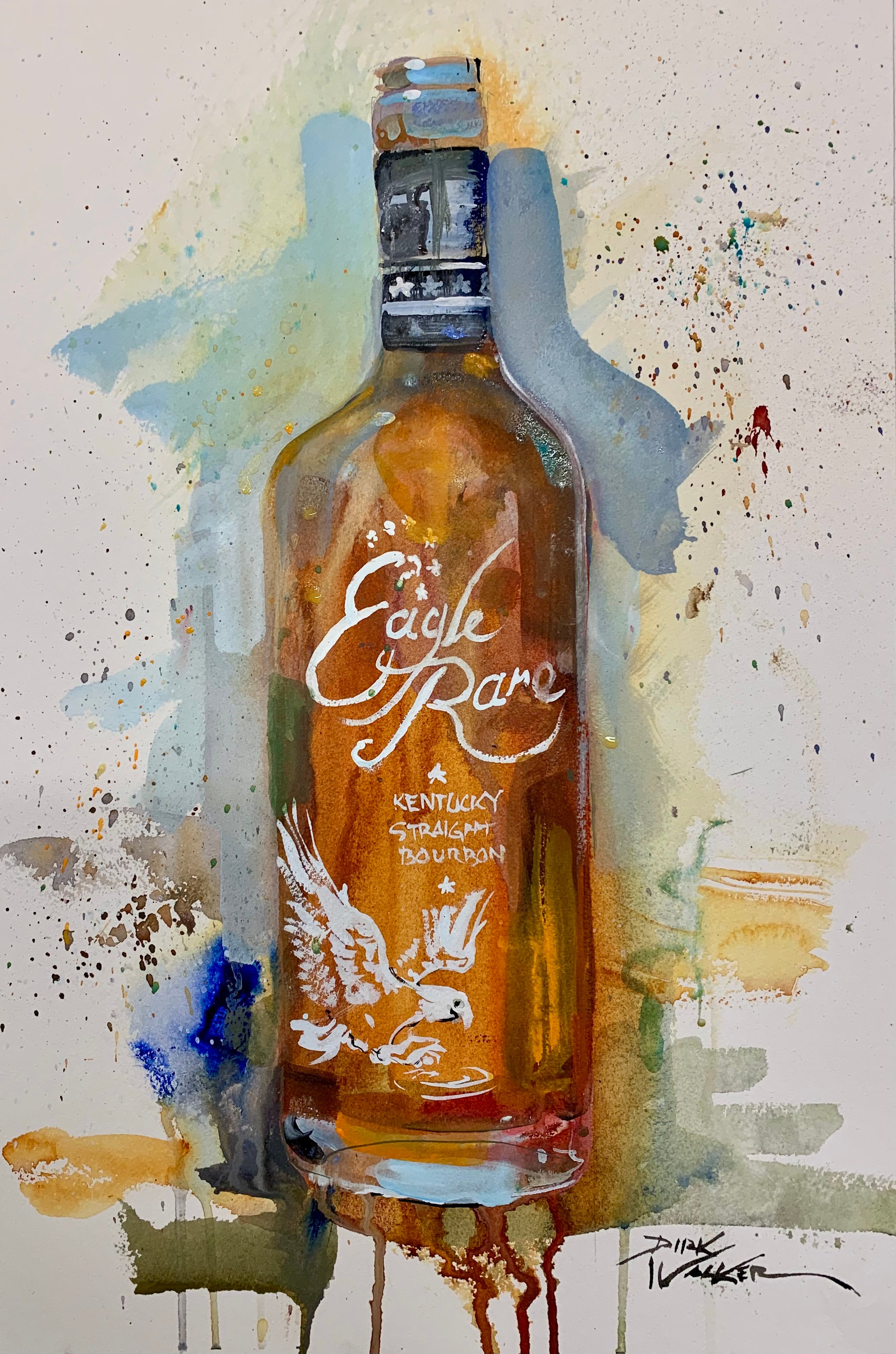Limited Edition: Discover Exclusive Bourbon Art Parts for Collectors
Wiki Article
The Relevance of Whiskey Art in Celebrating Heritage and Workmanship in the Beverage Sector
The detailed partnership between scotch art and the celebration of heritage and craftsmanship within the beverage sector can not be overstated. With attentively created containers and tags, whiskey brands envelop their historic roots and the artisanal skills that specify their production techniques.The Historical Roots of Whiskey
At the heart of scotch's attraction exists an abundant tapestry of historic roots that trace back to ancient civilizations. The origins of bourbon can be linked to the purification techniques of the Sumerians and Babylonians around 2000 BCE, where early kinds of fermented grain beverages started to arise. It was in the Middle Ages that the art of purification evolved considerably, specifically in Ireland and Scotland, leading to the creation of bourbon as we recognize it today.
The term "bourbon" itself obtains from the Gaelic word "uisce beatha," meaning "water of life." This phrase underscores the cultural relevance of scotch in Celtic cultures, where it was frequently related to routines, events, and communal bonding. By the 15th century, distillation came to be a recognized craft within monastic communities, leading the way for the facility of legal distilleries.
As trade courses increased, whiskey's appeal grew, transcending local limits and catching the passion of lovers worldwide. Whiskey Art. This historical trip shows not only the craftsmanship behind scotch production but additionally its integral role in social and cultural contexts, marking it as a substantial beverage throughout history
Artistic Expression in Branding
Bourbon branding stands as an engaging junction of creativity and commerce, where visual identity plays a vital function in shaping customer perception. The visual appeals of bourbon tags, packaging, and advertising and marketing products show not just the brand name's story but likewise its core values and heritage. Through artistic expression, distilleries share a story that resonates with customers, evoking feelings and stimulating links.Using color, typography, and imagery in branding serves to differentiate products in a saturated market. For instance, standard themes may evoke a feeling of authenticity and workmanship, while contemporary layouts can indicate development and forward-thinking. This strategic artistic instructions improves brand name recognition and commitment, enabling customers to forge an individual partnership with the bourbon they select.
Furthermore, imaginative expression in branding frequently offers as a party of regional heritage. Distilleries regularly incorporate regional symbols or historical recommendations right into their designs, developing a feeling of area that welcomes consumers to take part in a broader cultural experience. Eventually, the virtuosity behind bourbon branding not just improves aesthetic appeal yet additionally enhances the general story of the brand, cultivating a deeper appreciation for the workmanship and heritage ingrained in each container.
Craftsmanship in Bottle Style
The virtuosity noticeable in scotch branding expands past aesthetic identity to encompass the workmanship involved in bottle style. Each bottle offers as a vessel not simply for the spirit within, however likewise for the story it tells about its origin, tradition, and top quality. The style procedure requires precise interest to information, as components such as closure, form, and material contribute dramatically to the general perception of the whiskey.Workmanship in bottle style entails picking high-quality glass that can improve the whiskey's shade and clearness, while also giving a tactile experience for the consumer. The silhouette of the container should be both useful and visually enticing, frequently showing the heritage of the brand name. Several distilleries choose one-of-a-kind shapes or printed logo designs that evoke a sense of authenticity and history.
Moreover, the tag layout and typography play a crucial role in connecting the brand's story. Whiskey Art. A well-crafted bottle not just astounds the consumer's eye yet also reinforces the brand name's dedication to top quality and practice. This way, the workmanship of container style ends up being an important element of the whiskey experience, merging creativity with an extensive regard for heritage
Social Relevance of Scotch Art
Commemorating custom and workmanship, the social value of whiskey art goes beyond simple aesthetics, linking with the social and historic narratives of the regions from which it stems. Each container works as a canvas, illustrating the distinct stories, mythology, and traditions that have actually shaped regional whiskey-making techniques. The detailed designs usually show the heritage of the distillers, including signs and motifs that reverberate with the culture and values of their neighborhoods.Furthermore, bourbon art plays a vital duty in communal events and parties, working as a substantial link in between individuals and their shared experiences. By appreciating the virtuosity in whiskey packaging, customers cultivate a much deeper understanding and regard for the craft, ultimately enriching their pleasure of the beverage itself.
Modern Trends in Whiskey Discussion
In recent times, the presentation of scotch has actually developed to show contemporary preferences and fads while still honoring typical craftsmanship - Limited Edition. Distilleries are significantly focusing on aesthetic aspects that enhance the total drinking experience, connecting the space in between heritage and modernityIngenious bottle layouts have emerged, often integrating sustainable materials and artistic labels that inform compelling stories. Several brand names currently team up with neighborhood artists, instilling their products with distinct aesthetic expressions that reverberate with consumers. Additionally, limited-edition releases are usually packaged in collectible containers, including value and charm for aficionados.

Final Thought
Finally, whiskey art works as an essential conduit for expressing the heritage and workmanship fundamental in the drink sector. Via intricate branding, innovative bottle designs, and culturally considerable imaginative elements, scotch brands effectively honor their customs and connect with consumers. This creative narrative not just boosts the gratitude of scotch but also strengthens area identity and satisfaction among manufacturers. Ultimately, bourbon art plays a vital function in preserving and commemorating the rich cultural tapestry of whiskey-making.

Craftsmanship in bottle layout entails selecting top quality glass that can boost the whiskey's color and clarity, while also providing a tactile experience for the consumer. In this means, the craftsmanship of bottle layout ends up being an important element of the bourbon experience, merging creativity with an extensive respect for heritage.
In conclusion, whiskey art serves as a vital conduit for expressing the heritage and workmanship inherent in the drink industry.
Report this wiki page